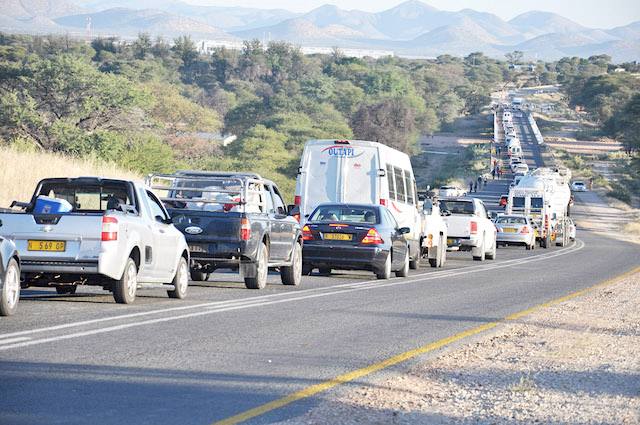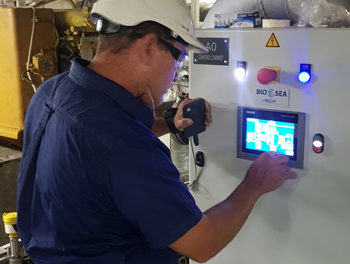
Desktop study to establish cost and savings of passing lanes on the B1 north of Okahandja

By John Saunderson of Amir Consulting Services.
The population in the Otjozondjupa region, and particularly the regional council is facing concerns of motor vehicle accidents on both sides of Otjiwarongo on the B1.
A desktop analysis based on global research on the impact of passing lanes and the latest available data on daily traffic from the Roads Authority and accidents rates as used in the Windhoek- Hosea Kutako Airport road study, were used to determine the estimated economic benefits of passing lanes.
The analysis was conducted by applying the road investment model (Highway Development and Management Programme – HDM-4) of Birmingham University in the UK, and approved by the World Bank.
This tool has been used in Namibia for more than 20 years in strategic, tactical and project analysis and Namibia has been credit with one the best road management systems (with HDM-4t the main planning and analysis tool) and network on the continent throughout the last decade.
Studies elsewhere showed that passing lanes reduce accidents rates by as much as 25%. In this analysis a reduction of 10% was applied on the three lanes section and on the effective passing lanes a reduction of 5%. The analysis shows that average operating costs of vehicles and travel time savings are also experienced.
This observation is consistent with previous studies conducted in the USA, the UK and Australia on rural two lane highways. Thus, this analysis confirms what was determined elsewhere.
The following are the key inputs:
* Average daily motorised vehicular traffic is 2100;
* Traffic growth rates are 1% and 2% respectively for light and heavy vehicles;
* Passing lane lengths are 550 metres;
* Effective passing lanes lengths are 10 kilometres (this is the road length from the taper that is positively impacted by the passing lane);
* The number of passing lanes are 10;
* The construction cost is estimated at N$15,000,000/kilometre.
The study suggests that the saving on accident costs will come to N$1474 million to which must be added the saving on travel time of N$567 million and the saving on vehicle operating cost of N$10.5 million.
The economic indicator result shows a net present value of N$586.6 million, a B/C ration of 1.28 and an internal rate of return of 23.3%.













































